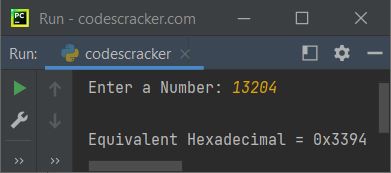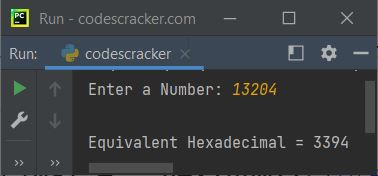- Python Built-in Functions
- Python All Built-in Functions
- Python print() Function
- Python input() Function
- Python int() Function
- Python float() Function
- Python len() Function
- Python range() Function
- Python str() Function
- Python ord() Function
- Python chr() Function
- Python ascii() Function
- Python pow() Function
- Python type() Function
- Python List Functions
- Python list() Function
- Python insert() Function
- Python append() Function
- Python extend() Function
- Python pop() Function
- Python remove() Function
- Python reverse() Function
- Python sort() Function
- Python sorted() Function
- Python Dictionary Functions
- Python dict() Function
- Python update() Function
- Python get() Function
- Python keys() Function
- Python setdefault() Function
- Python fromkeys() Function
- Python items() Function
- Python popitem() Function
- Python Tuple Function
- Python tuple() Function
- Python Set Functions
- Python set() Function
- Python frozenset() Function
- Python String Functions
- Python split() Function
- Python join() Function
- Python format() Function
- Python replace() Function
- Python Iterator Functions
- Python iter() Function
- Python min() Function
- Python max() Function
- Python sum() Function
- Python count() Function
- Python index() Function
- Python copy() Function
- Python clear() Function
- Python next() Function
- Python filter() Function
- Python enumerate() Function
- Python zip() Function
- Python reversed() Function
- Python Number Functions
- Python abs() Function
- Python bin() Function
- Python oct() Function
- Python hex() Function
- Python round() Function
- Python divmod() Function
- Python complex() Function
- Python File Handling Functions
- Python open() Function
- Python read() Function
- Python readable() Function
- Python readline() Function
- Python readlines() Function
- Python write() Function
- Python writable() Function
- Python writelines() Function
- Python close() Function
- Python seek() Function
- Python tell() Function
- Python flush() Function
- Python fileno() Function
- Python truncate() Function
- Python Class Functions
- Python object() Function
- Python property() Function
- Python getattr() Function
- Python setattr() Function
- Python hasattr() Function
- Python delattr() Function
- Python classmethod() Function
- Python staticmethod() Function
- Python issubclass() Function
- Python super() Function
- Python Misc Functions
- Python all() Function
- Python any() Function
- Python isatty() Function
- Python bool() Function
- Python callable() Function
- Python globals() Function
- Python locals() Function
- Python dir() Function
- Python id() Function
- Python isinstance() Function
- Python map() Function
- Python repr() Function
- Python slice() Function
- Python vars() Function
- Python Advance Functions
- Python help() Function
- Python hash() Function
- Python breakpoint() Function
- Python bytes() Function
- Python bytearray() Function
- Python memoryview() Function
- Python compile() Function
- Python eval() Function
- Python exec() Function
- Python Tutorial
- Python Tutorial
- Python Examples
- Python Examples
Python hex() Function
The hex() function in Python is used when we need to convert any value to its equivalent hexadecimal value. For example:
print(hex(10)) print(hex(15)) print(hex(123)) print(hex(1234543))
The output will be:
0xa 0xf 0x7b 0x12d66f
Note: The prefix 0x indicates that, after value is hexadecimal value. Therefore, (10)10 = (a)16, (15)10 = (f)16, (123)10 = (7b)16, and (1234543)10 = (12d66f)16.
Python hex() Function Syntax
The syntax of hex() function in Python, is:
hex(val)
where val refers to a value or number of integer type.
Python hex() Function Example
Here is an example of hex() function in Python. This program receives a number from user at run-time of the program, to find and print the equivalent hexadecimal value using hex() function:
print("Enter a Number: ", end="") num = int(input()) print("\nEquivalent Hexadecimal =", hex(num))
The snapshot given below shows the sample run of above program, with user input 13204

Remove 0x Prefix from Returned Hexadecimal using hex() Function
To remove 0x prefix from the returned hexadecimal equivalent of a number using hex() function, use the following program. This program sliced the value from second index.
print("Enter a Number: ", end="") num = int(input()) h = hex(num)[2:] print("\nEquivalent Hexadecimal =", h)
Now the output with same user input as of previous sample run, would be:

« Previous Function Next Function »